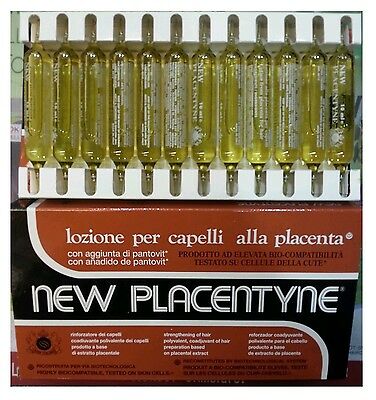Selecting Shampoos Based On Ingredients
| image source:shampoostyle.wordpress.com |
Most of the questions I get from my facebook pals have to do with how to choose a shampoo from the lot. With the kind of attendants at most cosmetic shops in our markets, it is always safer to know the exact product you are looking for (see an encounter in Gossip Train5#Shopping Time). From what I've learnt, depending on your hair needs, there are several considerations in the choice of a shampoo. I will discuss two categories; choice based on component/ingredient and selection based on purpose/function.We are going to use a bit of science so buckle up!
According to thedailybeast.com,Paula Begoun, author of Beautypedia.com states that only the first five or six ingredients of shampoos impact the formula’s effectiveness. Thedailybeast.com lists them as follows:
Basically, in the hair world, what has received a lot of attention is the numbers 2 and 5 but for today, it's the 2 we'll dissect (see The Concern Over Silicones for info on number 5).
Surfactants play a vital role in the cleansing process. A surfactant is a substance that, when dissolved in water, gives a product the ability to remove dirt from surfaces such as the human skin, textiles, and other solids.(scienceinthebox.com). Some surfactants are considered to be harsher on the hair than others and this is the concern of hair enthusiasts. The shampoos that contain these harsh surfactants are termed "sulfate based shampoos" whereas those without these ingredients are termed "sulfate free" shampoos.We'll label the sulfate ingredients as "GROUP A" and these include:
According to thedailybeast.com,Paula Begoun, author of Beautypedia.com states that only the first five or six ingredients of shampoos impact the formula’s effectiveness. Thedailybeast.com lists them as follows:
- Water
- Surfactant
- Foaming agents
- An acidic ingredient
- Silicones
- Polyquaternium
- Panthenol, fatty alcohols, and nut oils
- Midazolidinyl urea, iodopropynyl, isothiazolinone, and sodium benzoate (preservatives)
- Sodium laureth sulfate (SLS)
- sodium lauryl ether sulfate(SLES)
- Ammonium lauryl sulfate (ALS)
- Ammonium Laureth Sulfate
Let's do a little bit of science...Wikipedia.com explains that SLS or SLES, is a detergent and surfactant found in many personal care products.Even though the group A type of surfactants are meant to cleanse our hair, the concern over them has to do with:
- stripping the hair of its natural moisture, making it frizzy and unmanageable
- studies showing that long-term sulfate use can lead to damaged hair follicles, hair loss and hair breakage.
The question is, which surfactant is safer to use? We'll label it as "GROUP B". These include;
- Sodium Myreth Sulfate
- Sodium Cocoyl Isethionate (also known as sodium isethionate is a sodium salt derived from coconut oil)
- Disodium Laureth Sulfosuccinate
- Sodium Lauryl Sulfoacetate (derived from coconut and palm oil)
- Sodium Methyl Cocoyl Taurate
I hope you are still with me.
Let's just say that when you pick up a shampoo, look out for these ingredients. Key them unto your phone and scan through whenever you chance upon a shampoo!
The misconception we have about shampoos is that the more it foams, the better it works. Most of the shampoos I use have the harsh surfactant (now I know better). I combat the effect through diluting with water or wetting my hair thoroughly so it can be easily be distributed through the hair. When you have to use more of the shampoo to get more foam, you only expose the hair to the drying effects.
For my ladies who use bathing soap to clean their hair(yes, you), you are now aware of the harm you are doing to your hair. If something meant for the hair can be dangerous, how about what is meant for your soap bowl?
Whew! Enough for today. In the next write up, we'll focus on the classification of shampoos based on their purposes.
Visit Products page for a list of some sulfate free shampoos you can use.
Emprezz
Sources:
http://www.curlynikki.com/search?q=sulfate
http://www.thedailybeast.com/newsweek/blogs/the-human-condition/2009/10/08/the-science-of-shampoo-what-the-ingredients-mean.html


Nice post and thanks for referring to my post!
ReplyDeleteyou are welcome.
DeleteI love your blog, I look forward to seeing more from you. Do you run any other sites? thanks
ReplyDelete